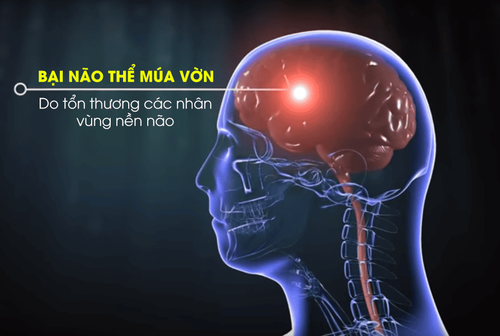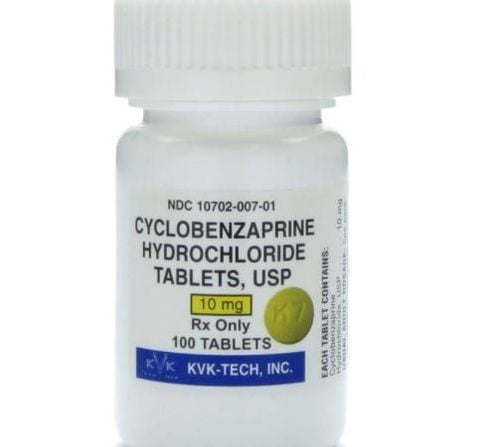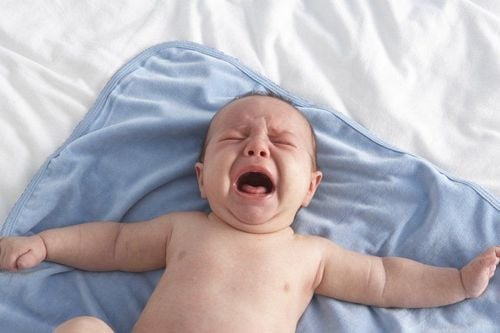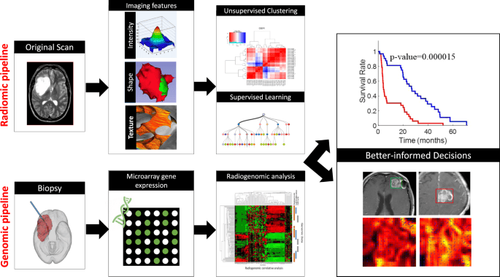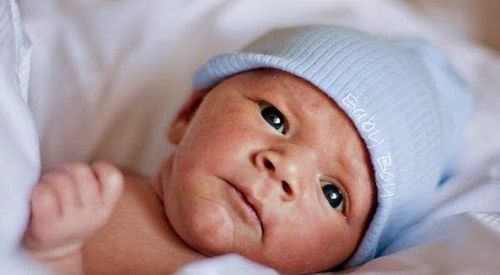This is an automatically translated article.
Cerebral palsy is a disorder characterized by disordered, aimless movements of the child. Educational methods and orthopedic and adaptive devices are used to assist in rehabilitation for children with cerebral palsy.
1. Cerebral Palsy and Types of Cerebral Palsy
Cerebral palsy includes 3 main diseases:
Spastic cerebral palsy:
70-80% of all cases of cerebral palsy. Manifestations are characterized by spasticity of the muscles, difficulty in movement. May be accompanied by paralysis, usually paralysis of the lower limbs, or hemiplegia (hands are heavier than legs), severe paralysis of quadriplegia. In patients with spastic quadriplegia, the patient is often accompanied by mental retardation. Cerebral palsy:
accounted for 15-20% of the total number of cerebral palsy patients. Cerebral palsy affects the entire body of a child. Characteristic of this body is the change in muscle tone (increased and decreased erratically). There are slow, twisting, or rapid movements of the feet, hands, arms, and facial muscles. Those are messy and unintentional movements. Poor balance, easy to fall. Signs of tremors and dancing, possibly seizures and swallowing disorders. Ataxia type cerebral palsy:
Accounts for 5-10% of all cerebral palsy patients. May be characterized by problems with balance and coordination. Unsteady walking, unsteady, difficult to move. Difficult to hold, difficult to touch with both hands. Slow eye movements, difficulty in communication. Vibration is small and slow amplitude. Movement disturbances in amplitude, tempo, and accuracy.
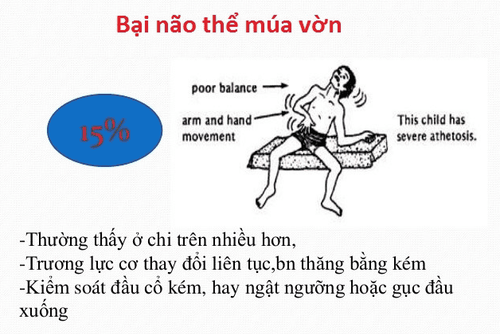
Bại não thể múa vờn
2. Treatment and rehabilitation in children with cerebral palsy
2.1. Principles of treatment Practice exercises to increase muscle tone in several major muscle groups, and reduce and limit involuntary movements.
Disrupt and inhibit primitive reflexes such as cross extension, effective support.
Create pure movements and stimulate gross motor development for children in accordance with the milestones of rolling, sitting, crawling, kneeling, standing and walking.
Train children to increase independence in daily activities such as eating, bathing, cleaning...
Create an environment and stimulate children to communicate early, gradually develop thinking language.
2.2. Rehabilitation for children with cerebral palsy can dance Rehabilitation for children with cerebral palsy by physical therapy methods.
2.2.1. Physical therapy
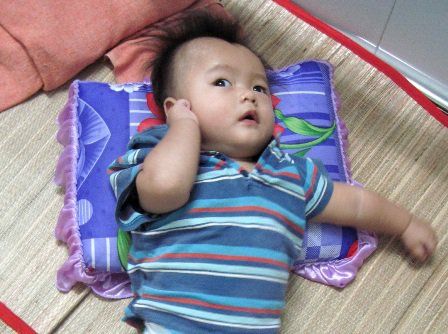
Tập vận động cho trẻ theo các mốc vận động thô
Exercise for children according to gross motor milestones of the body in order from front to back, including: controlling head and neck, rolling, sitting, kneeling, crawling, standing and walking to running.
There are 3 main techniques:
For children with cerebral palsy who can dance, there are 1 flexed, 1 extended or 2 flexed arms.
Goal: help children bring their hands to the intermediate position. How to do it: Child: sit on the floor Technician: sit facing the child. Manipulation: The technician's hands hold the child's elbows in a rotating position in the shoulder joint, slowly bring it down, then pull it slightly towards you and then gradually raise the child's hand up. Break the typical bent arm position.
Objective: to limit the posture of arms in children dancing and playing. How to do: Child: lying on his back Manipulation: the technician fixes the child's elbow above the child's elbow and pulls the child's shoulder and arm forward. At the same time, let the baby's elbows and forearms completely free. Breaking the pathological grasping reflex:
Goal: help children spread their arms and grasp them more easily. How to do it: Child: lying down or supine. Technician: sit next to the child. Manipulation: The technician uses his index finger to swipe along the outer edge of the hand from the little finger to the wrist. 2.2.2. Electrotherapy is a method of using low-frequency, constant-voltage direct current during treatment.
Indications for treatment: apply to children with cerebral palsy without clinical manifestations of epilepsy.
Contraindicated in cases of cerebral palsy with epilepsy and spastic cerebral palsy.
Two commonly used low-frequency electrical methods:
Galvanic conduction CaCl2 neck:
Apply to children with cerebral palsy who cannot control head and neck movements, children who do not know how to roll. Effect: helps to strengthen the muscles of the lifting muscle groups in the head and neck area. Treatment time: 15-30 minutes/time/day for 20-30 days. Galvanic lead CaCl2 back:
Apply to children who can't lift their body yet, can't sit yet. Effect: helps to strengthen the muscle groups to lift the body. Treatment time: 15-30 minutes/time/day for 20-30 days. 2.2.3. Hydrotherapy Indicated to apply to children with cerebral palsy without clinically epileptic seizures.
Effects: help relax muscles, reduce muscle tone, increase the ability to perform conscious activities.
Treatment time: 20-30 minutes/treatment.
Method of use: Swimming pool, whirlpool tub.
2.2.4. Communication and language training The effect is to help children increase their communication and language motor skills, at the same time build relationships with people, and train children to be independent.
Skills that need to be trained for children include:
Concentration and imitation skills. Play skills, communicate by gestures and images. Language comprehension skills, knowing how to express in language Language training principles:
Help children understand and know the meaning of sounds, words, and sentences. Use simple language to communicate with children, speak slowly, loudly and clearly. Use signs to let children get acquainted, only use pictures when absolutely necessary. Encouraging and rewarding children at the right time is encouraged.
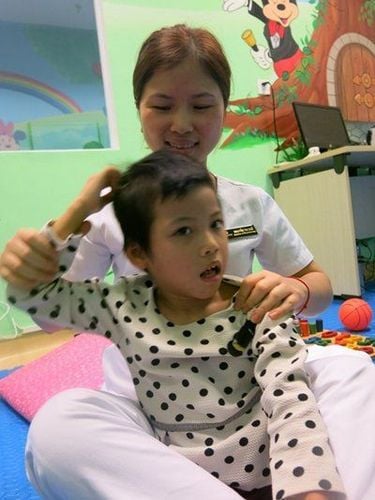
Cần huấn luyện một số kỹ năng cơ bản cho trẻ
2.2.5. Ultraviolet rays Indicated to apply in children with cerebral palsy accompanied by rickets and malnutrition.
Contraindicated in children with cerebral palsy with epilepsy, progressive pulmonary tuberculosis, renal failure, liver failure or acute eczema.
Treatment method: using ultraviolet rays with wavelengths from 280-315nm.
Treatment time: 1-5 minutes/time for 20-30 days/course of treatment.
Playful cerebral palsy causes disordered, unintentional behaviors that affect a child's development and quality of life. The disease needs to be detected early and treated promptly and properly to avoid affecting the health and life of children.
In addition to the methods mentioned above, education and orthopedic and adaptive devices are also used to assist in rehabilitation for children with cerebral palsy.
Techniques of magnetic resonance imaging of nerve fibers or Tension Diffusion Magnetic Resonance Imaging at Vinmec International General Hospital to diagnose dancing cerebral palsy have a success rate of up to 95%.
With the modern 3.0 Tesla MRI machine system and the world's leading synchronous and advanced equipment, with a team of highly qualified and experienced doctors - technicians, the imaging department can perform many diverse and specialized techniques, supporting clinicians to diagnose diseases quickly and accurately, helping to monitor disease during and after treatment.
Please dial HOTLINE for more information or register for an appointment HERE. Download MyVinmec app to make appointments faster and to manage your bookings easily.




